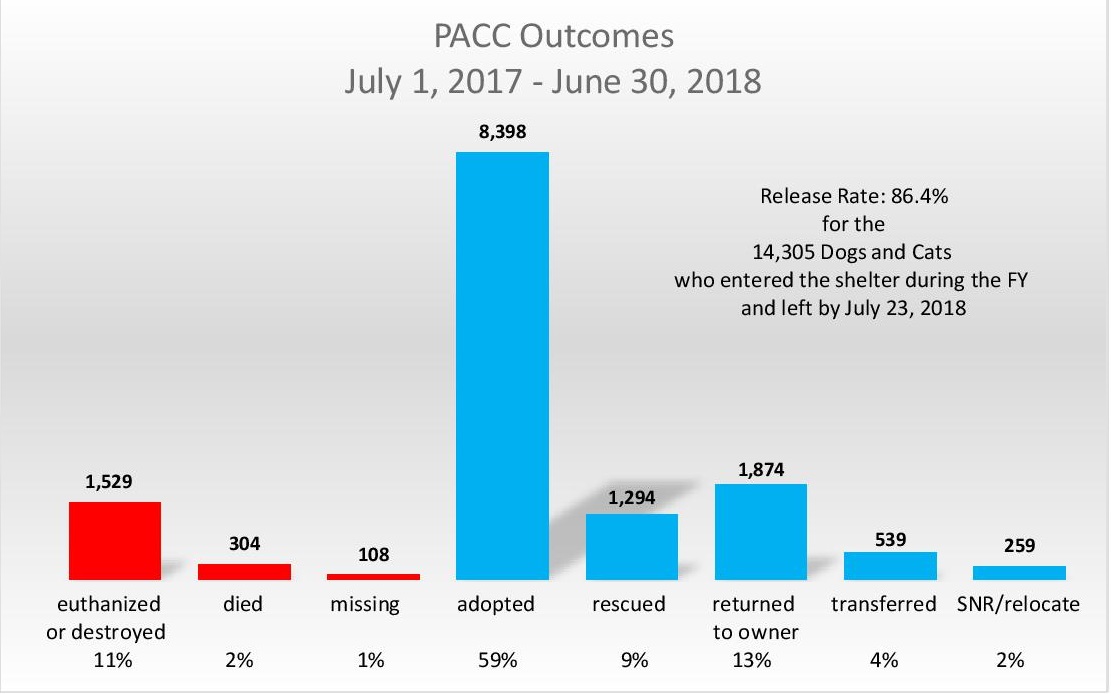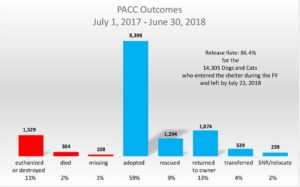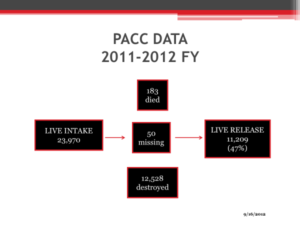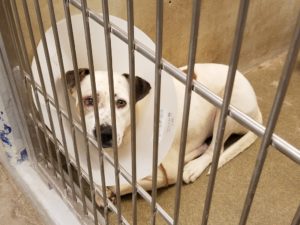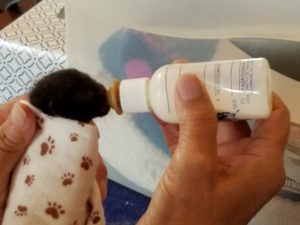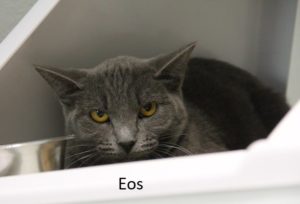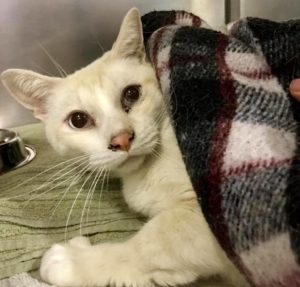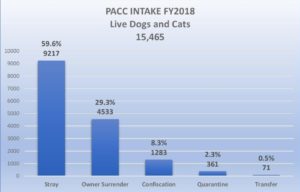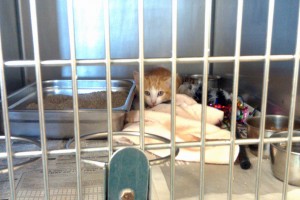PIMA COUNTY’S CHALLENGES
BY THE NUMBERS
PACC’s current annual and monthly outcome data reports can be found here on their website.
2023 National (and State) reports by BEST FRIENDS can be found here.
*************************************
Becoming a No Kill Community requires strategies to keep animals out of shelters, provide quality care while they are there and get them out to suitable placements as soon as possible.
No Kill Pima County (NKPC) Historically published data reports regarding activity at Pima Animal Care Center (PACC) in order to encourage discussion, collaboration, additional research and ultimately planning and programming within the shelter and in the community to achieve a No Kill community. NKPC believes in making data-driven decisions that save more lives.
Since the last report we published (June, 2018) PACC ‘s published data reports were consistent with the analysis NKPC had been doing and we no longer felt the need to conduct an independent review.
PACC’s latest annual summary ending June, 2021
reflects a 92% Live Release Rate.
Of note, the return to owner rate has climbed to 27%. That is a tremendous improvement, and as you can see continues to be a challenge given more than half the animals coming to the shelter are strays. Microchip your pets!
Foster care has grown tremendously, transfer to rescues has grown but can grow so much more; YOU can help by becoming a foster home for PACC or any rescue/shelter in the community.
PACC is often very crowded and NEEDS YOU to adopt!
_______________________________________________________________________
In Fiscal year 2018, ending June 30, 2018 PACC took in almost 18,000 animals INCLUDING wildlife and deceased animals. During the year, 15,465 live dogs and cats came to PACC, a number that has been steadily declining since we began collecting the data in 2012 when it was 23,970.
The graph below represents 14,305 incoming dogs and cats who had a final outcome by July 23, 2018.
The Live Release Rate continues to improve, reaching 86.4% this year compared to 85% last year. This year we no longer need to report an additional percentage for the ‘modified’ live release rate, which omits those pets that were brought to the shelter for euthanasia, because PACC is no longer using this alternative method of tracking and reporting their outcomes. PACC’s protocol requires all pets, including euthanasia requests, be equally evaluated medically and behaviorally. Until a few years ago an owner could have an animal put down based on reasons such as “we have too many” and it would not be counted in in the data at all. NKPC is pleased that the evaluation process and the live release rate applies to all animals that come to the shelter alive.
WE PAUSE FOR A MOMENT TO REFLECT ON THE FIRST OUTCOMES CHART PUBLISHED FOR FY2012
when 12,528 dogs and cats were destroyed compared to 1,529 in FY2018
CURRENT SPOTLIGHTS and COMPARISONS TO PRIOR YEAR
Adoptions remain high though the steady annual improvement has leveled off. While the number of adoptions has declined, the percent of adopted animal outcomes remains steady at 59%. The cat adoption rate increased from 66% to 69% and dogs dropped from 56% to 54%.
The Return to Owner Rate for all animals in this report has increased slightly from 12% to 13%. If we look at the rate just for the strays who came to the shelter (9,217) and left the shelter (9,155) the number who returned to owners, 1,315 was a rate of 14% (down a fraction of a percent from last year). The rate for dogs was 21% (up 2 %) and cats 1% (down a fraction of a percent). Only 42 stray cats were returned to owners (last year it was 98). On the positive side, more animals were returned to owners in the field (at least 27 this year compared to 5 last year). These are primarily strays with a chip or a tag who were picked up by PACC but returned home instead of brought to the shelter, a practice that could increase the return rate dramatically if implemented consistently. In general, the return to owner rate is the one with the greatest room for improvement in keeping animals out of the shelter and getting them out quickly.
Over 3000 dogs and cats went into foster care this fiscal year compared to approximately 1200 last fiscal year. This year’s figure includes the new designation of Foster for the purpose of Adoption, which could be a trial adoption or the finalization was just pending a needed medical procedure. There were at least 928 dogs and cats that went to Foster to Adopt homes. It is difficult to report how many of those were adopted, how many were returned and how many are still in foster status. NKPC will report further on this topic in the near future.
Approximately 1900 of those foster dogs and cats had a final outcome documented when this report was taken July 23rd. There were over 1,000 dogs and cats in foster care at that time.
WHERE CAN OUR SHELTER AND COMMUNITY IMPROVE?
Returning Lost Pets to owners. While the rate increased this year, this category is arguably the area in which there is the greatest room for improvement. PACC has made multiple improvements in this area over recent years, including negotiation of redemption fees, waiving fees for first time offenders that are already licensed/altered and publishing lost and found reports online. Considering 60% of the animals that come to PACC are strays and only 14% are ever reunited with owners, yet other shelters have been able to return as many as 60% of their strays to their owners, we know there is more we can do.
Transfers to Rescue Groups have decreased in numbers (1,294) but the percentage overall increased ½ percentage point to 9%. Rescue numbers have decreased nearly every year since 2012 when it was at its all time high of 2,926 and 12%. What was once the only life-saving program at PACC has, over the years, dwindled to less than half the number it once was. NKPC supports and urges efforts to rebuild rescue assets and supports new efforts that are not at the expense of other successful strategies.
Transfers to Other Organizations also decreased. The decline is partly accounted for by the winding down of transfer to Best Friends for the Trap Neuter Return of feral/community cats. Currently PACC handles Shelter Neuter Return (SNR) and those nubers along with the barn cat/relocations programs are listed separately. That reduction in numbers was mostly made up by including 237 transfers to HALO, an adoption agency in Phoenix which more aptly fits the description of another organization rather than a rescue. Taking those changes into account, the transfer rate still declined in numbers, and to a smaller extent by rate.
The rate animals are put down was at 11%. This is a very small but important improvement over last year as the community addresses, WHO is saveable and WHO is going to save them. The outcome categories currently recorded for those animals does not allow for interpretation of how many were saveable. We can report the medical conditions represented 88% and behavior issues 12%. For the 387 cats all cases were medical, for the 1142 dogs 82% were medical and 18% were behavioral.
PACC INTAKE DETAILS FOR FY 2018 ENDING JUNE 30, 2018
The following graph represents 15,465 live dogs and cats who came to PACC (about 1,300 fewer than prior year).
Owner Surrenders have decreased significantly though the graph depicts an increase in owner surrender because it now includes two categories that were previously reported separately: owner request for euthanasia AND adoption returns. As noted above euthanasia requests are no longer recorded separately and the ‘adoption returns’ could not readily be reported, as PACC did not track ‘returns’ from foster to adopt placements that were returned to the shelter before they finalized.
Stray Intake has increased from 26% to 29%. This is the first time since we tracked the data in FY2012 that the actual number of stray intakes went up instead of down.
The number and percentage of confiscations increased and the number and percentage of bite quarantine decreased.
Follow-up on Adoption returns: Last year NKPC data analysis focused on the adoption return rate, the reasons given by owners and considerations of how we might improve that statistic because the rate had increased from below the national average to above the national average. NKPC will conduct further data analysis to follow-up on this topic in the near future.
OTHER PETS
Some Live Release Reports coming from PACC include other ‘pets’ such as birds, rabbits, turtles, fish, snakes. This fiscal year an additional 351 other live pets came into the shelter and 265 had an outcome by 7/23. When included, the Live Release rate remained the same, 86.4%
STAY TUNED
WE WILL RETURN WITH FURTHER DATA ANALYSIS AND DISCUSSION
CONSIDER HOW WE ALL CAN WORK TOGETHER TO KEEP MOVING FORWARD
AND SUPPORT THE LOST AND HOMELESS PETS IN PIMA COUNTY
BE PART OF THE SOLUTION: BUILDING SUPPORTS IN THE SHELTER AND IN THE COMMUNITY AND SUSTAINING POSITIVE CHANGES.

